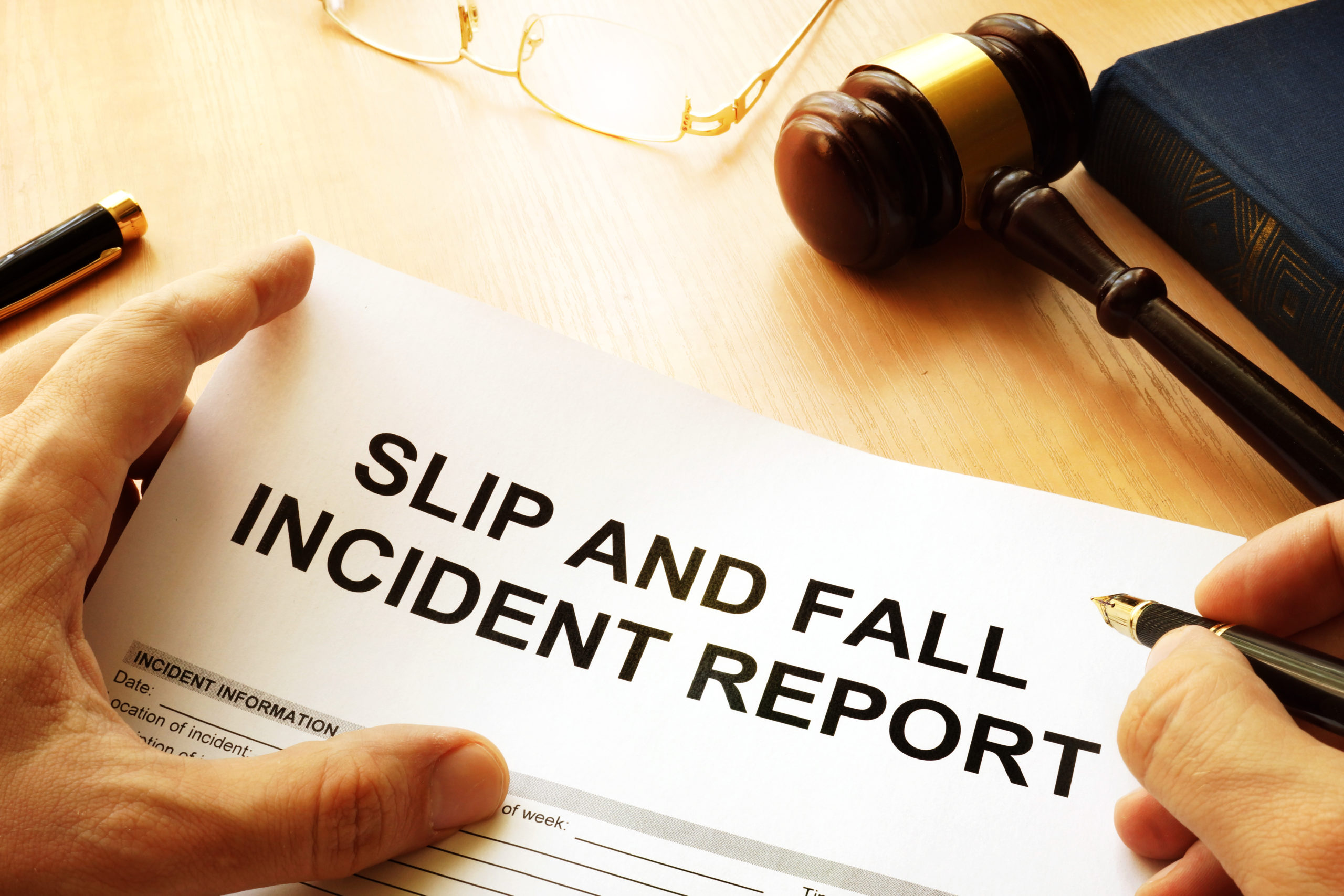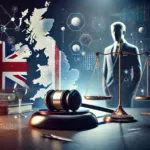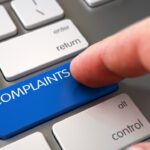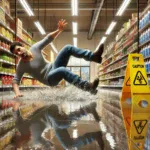Slip and fall accidents can lead to significant physical injuries and financial burdens. Effectively documenting a slip and fall injury is crucial for securing rightful compensation and ensuring that responsible parties are held accountable. This guide provides comprehensive steps on how to document slip and fall injuries, ensuring that all necessary evidence is collected and presented accurately.
Understanding Slip and Fall Injuries
Slip and fall injuries occur when an individual loses balance due to a hazardous condition, leading to a fall. These incidents can happen in various settings, including workplaces, retail stores, sidewalks, and private properties. Common injuries from such accidents include fractures, sprains, head trauma, and back injuries. Understanding the nature of these injuries is the first step in effectively documenting them.
Immediate Actions to Take After a Slip and Fall
Ensure Safety and Seek Medical Attention
The primary concern after a slip and fall injury is personal safety. Move to a safe location to prevent further harm and seek medical attention immediately, even if injuries seem minor. Some injuries may not manifest symptoms immediately but can have long-term consequences if left untreated.
Report the Incident
Notify the property owner or manager about the accident as soon as possible. This report should be made in writing, detailing the time, date, and circumstances surrounding the fall. Prompt reporting establishes a clear record that can support your case later.
Collect Evidence at the Scene
Gathering evidence at the accident scene is vital for documenting the slip and fall injury. Take photographs of the area where the fall occurred, highlighting any hazards such as wet floors, uneven surfaces, or inadequate lighting. If there are any warning signs or lack thereof, ensure they are captured in your photographs.
How to Document Slip and Fall Injury
Detailed Incident Description
Provide a comprehensive description of the incident. Include specifics such as the location, time, weather conditions, and what led to the fall. A detailed account helps in reconstructing the event and identifying any negligence or liability.
Witness Statements
If there were any witnesses to your fall, obtain their contact information and ask for a written statement of what they observed. Witness testimonies can corroborate your version of events and strengthen your documentation.
Medical Records and Bills
Maintain thorough records of all medical treatments received due to the slip and fall injury. This includes doctor’s visits, hospital stays, physical therapy sessions, and any prescribed medications. Keeping track of medical bills is essential for calculating compensation for your injuries.
Keep a Personal Injury Journal
Maintain a journal documenting your recovery process, including pain levels, limitations in daily activities, and emotional distress. This personal account provides a detailed timeline of your injuries’ impact on your life.
Legal Considerations When Documenting a Slip and Fall
Statute of Limitations
Be aware of the statute of limitations for personal injury claims in your jurisdiction. This is the timeframe within which you must file a lawsuit. Missing this deadline can forfeit your right to compensation.
Legal Representation
Consulting with a personal injury attorney can provide guidance on effectively documenting your slip and fall injury. An attorney can help gather necessary evidence, negotiate with insurance companies, and represent your interests in court if needed.
Liability and Negligence
Understanding who is liable for your injury is crucial. Property owners have a duty to maintain safe environments. Proving negligence involves demonstrating that the property owner failed to address known hazards, leading to your fall.
Utilizing Technology to Document Your Injury
Mobile Apps and Digital Tools
Several mobile applications are designed to help individuals document injuries and accidents. These tools can assist in organizing photographs, medical records, and witness information efficiently.
Cloud Storage for Evidence
Storing your documentation in the cloud ensures that your evidence is backed up and accessible from multiple devices. This is particularly useful if physical records are lost or damaged.
Video Evidence
If possible, create a video recap of the incident scene and your injuries. Videos can provide a more dynamic and comprehensive view of the environment and the extent of your injuries.

Real-World Example: Case Study
John’s Slip and Fall at a Grocery Store
John visited a local grocery store on a rainy evening. Due to inadequate drainage, water had accumulated in the aisle, creating a slippery surface. As he walked, his shoe slipped, causing him to fall and sustain a fractured wrist. John immediately reported the incident to the store manager and sought medical attention.
He documented the scene with photographs showing the wet floor and lack of warning signs. John also obtained a written statement from a fellow shopper who witnessed the fall. His medical records detailed the treatment required for his wrist injury.
With the help of a personal injury attorney, John filed a claim against the grocery store. The well-documented evidence of negligence led to a successful settlement, covering his medical expenses and lost wages.
FAQ
Ensure your safety, seek medical attention, report the incident to the property owner, and collect evidence at the scene.
Demonstrate that the property owner failed to address a known hazard, leading to your fall. Evidence such as photographs, witness statements, and maintenance records can support your claim.
The statute of limitations varies by jurisdiction, typically ranging from one to six years. Consult with a legal professional to determine the specific timeframe in your area.
While not mandatory, having an attorney can significantly improve your chances of a successful claim by ensuring proper documentation and legal representation.
Compensation may cover medical expenses, lost wages, pain and suffering, and, in some cases, punitive damages if negligence is proven.
Key Takeaways
- Immediate Action: Prioritize safety and seek medical attention after a slip and fall.
- Comprehensive Documentation: Collect photographs, witness statements, and medical records to support your claim.
- Legal Awareness: Understand the statute of limitations and consider consulting a personal injury attorney.
- Utilize Technology: Leverage digital tools to organize and store your evidence effectively.
- Real-World Examples: Learning from case studies can provide valuable insights into successful documentation and claims.
Conclusion
Effectively documenting a slip and fall injury is essential for securing the compensation needed to cover medical expenses and other related costs. By following the steps outlined in this guide—ensuring thorough evidence collection, understanding legal considerations, and utilizing available technologies—you can strengthen your case and navigate the complexities of personal injury claims with confidence.
Read More: Understanding Slip and Fall Laws in New York
Best Slip and Fall Lawyers in New York City
For more information on personal injury claims, visit Nolo’s Guide to Slip and Fall Injuries.

Jonathan Hartley is a highly regarded senior criminal lawyer with over 15 years of experience in the UK legal system. He began his career at a prestigious law firm in London, where he specialized in both defense and criminal law. Known for his ability to craft compelling defense strategies, Jonathan has successfully represented clients in high-profile cases and earned multiple awards for his contributions to the field of law.
In addition to his legal practice, Jonathan is also an accomplished legal writer, contributing articles to top legal blogs and online platforms. His work not only provides valuable insights into legal matters but also meets Google’s E-E-A-T standards by delivering accurate, reliable, and trustworthy information to readers. Committed to legal ethics and public welfare, Jonathan actively participates in discussions on law and justice while educating the public through his writing.










